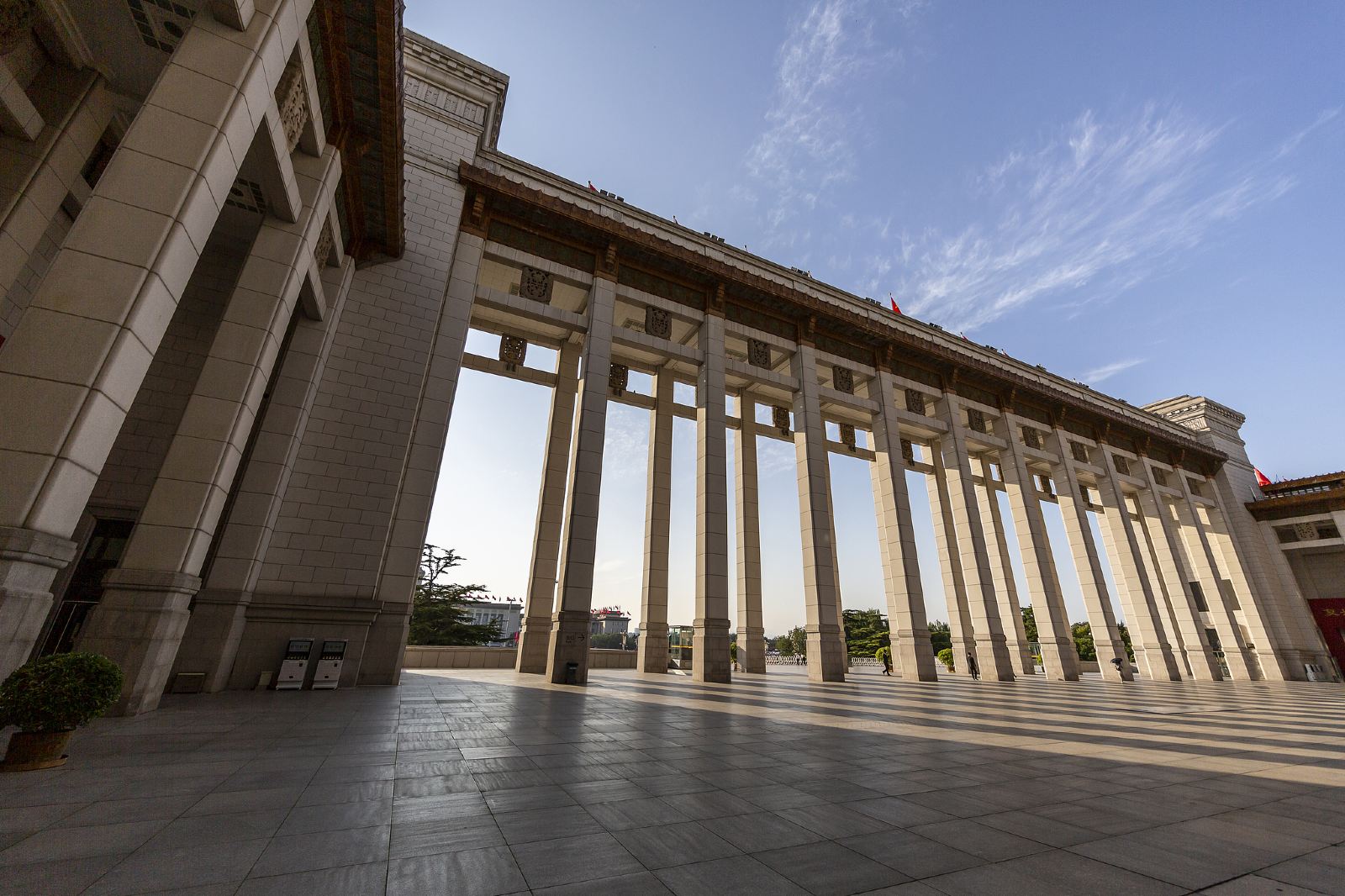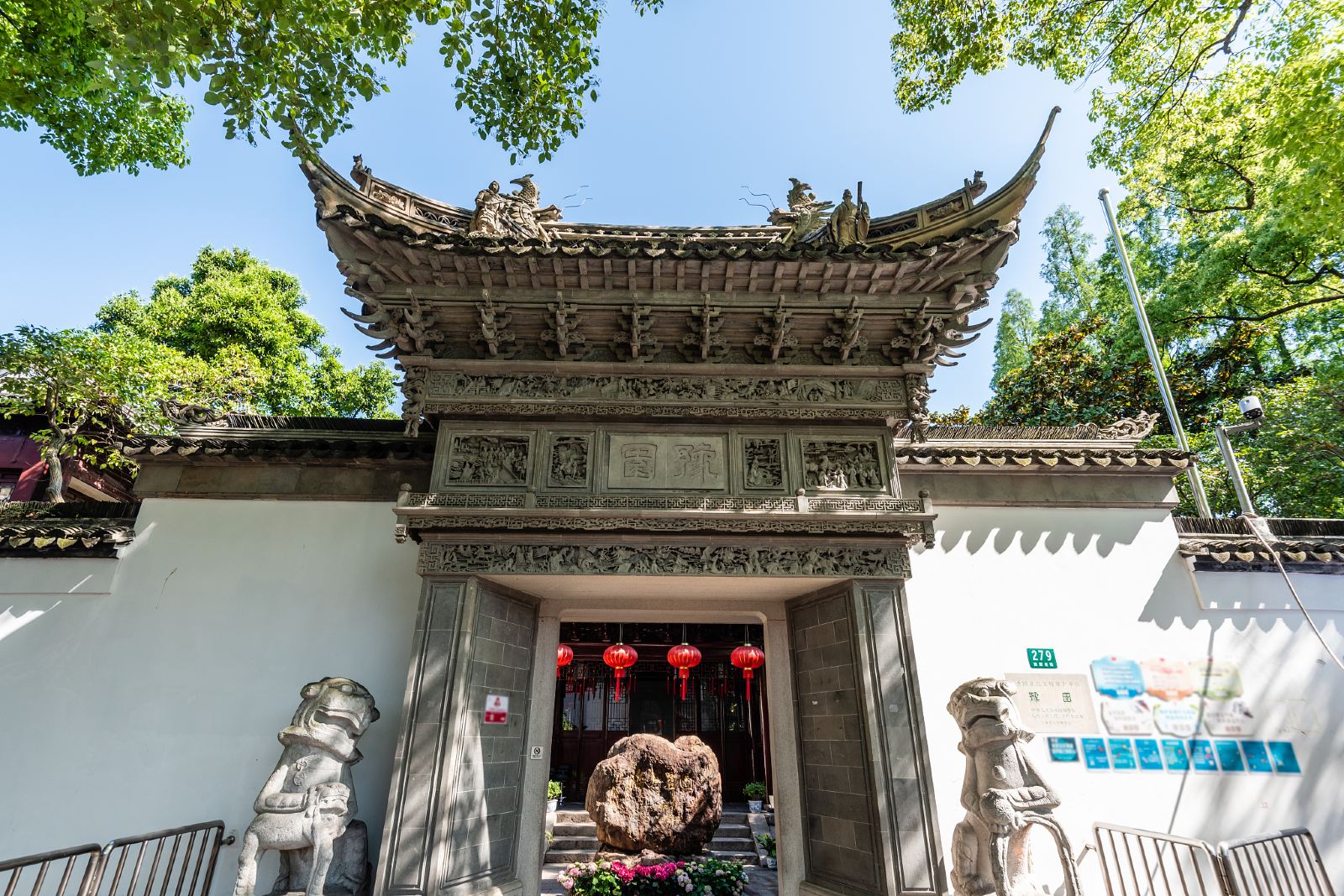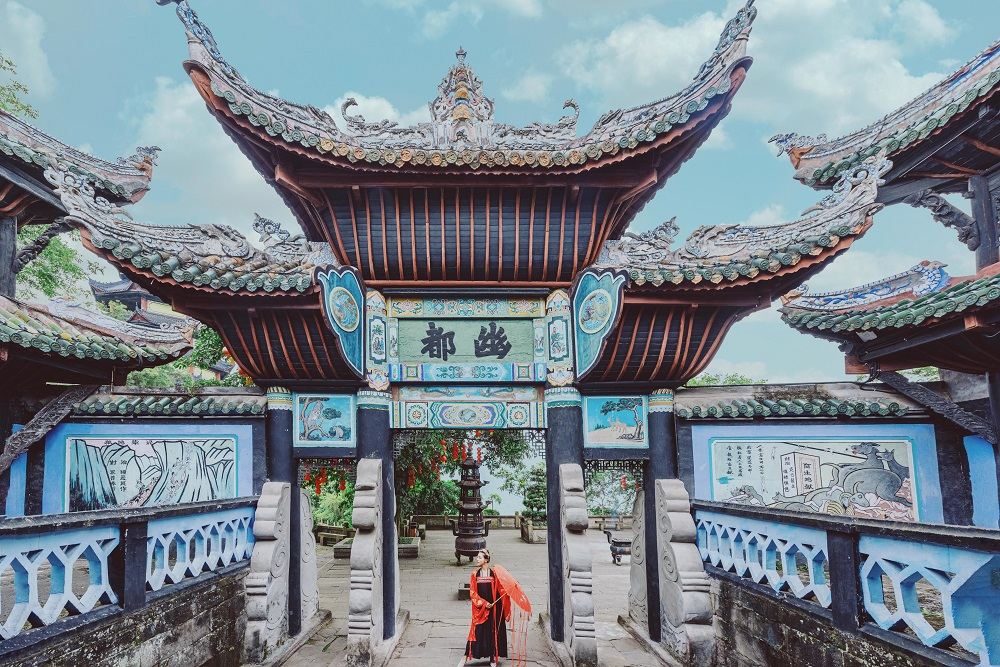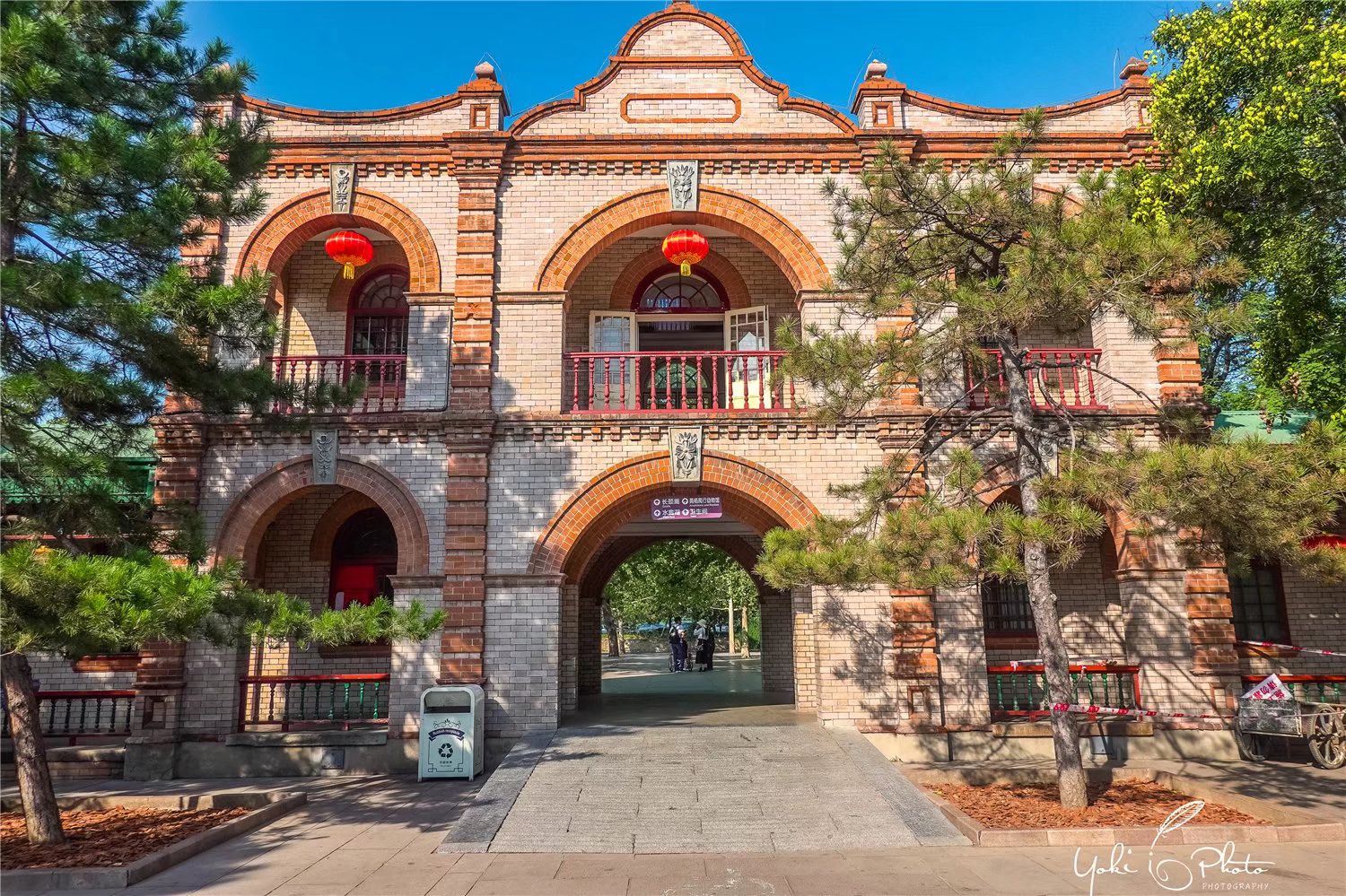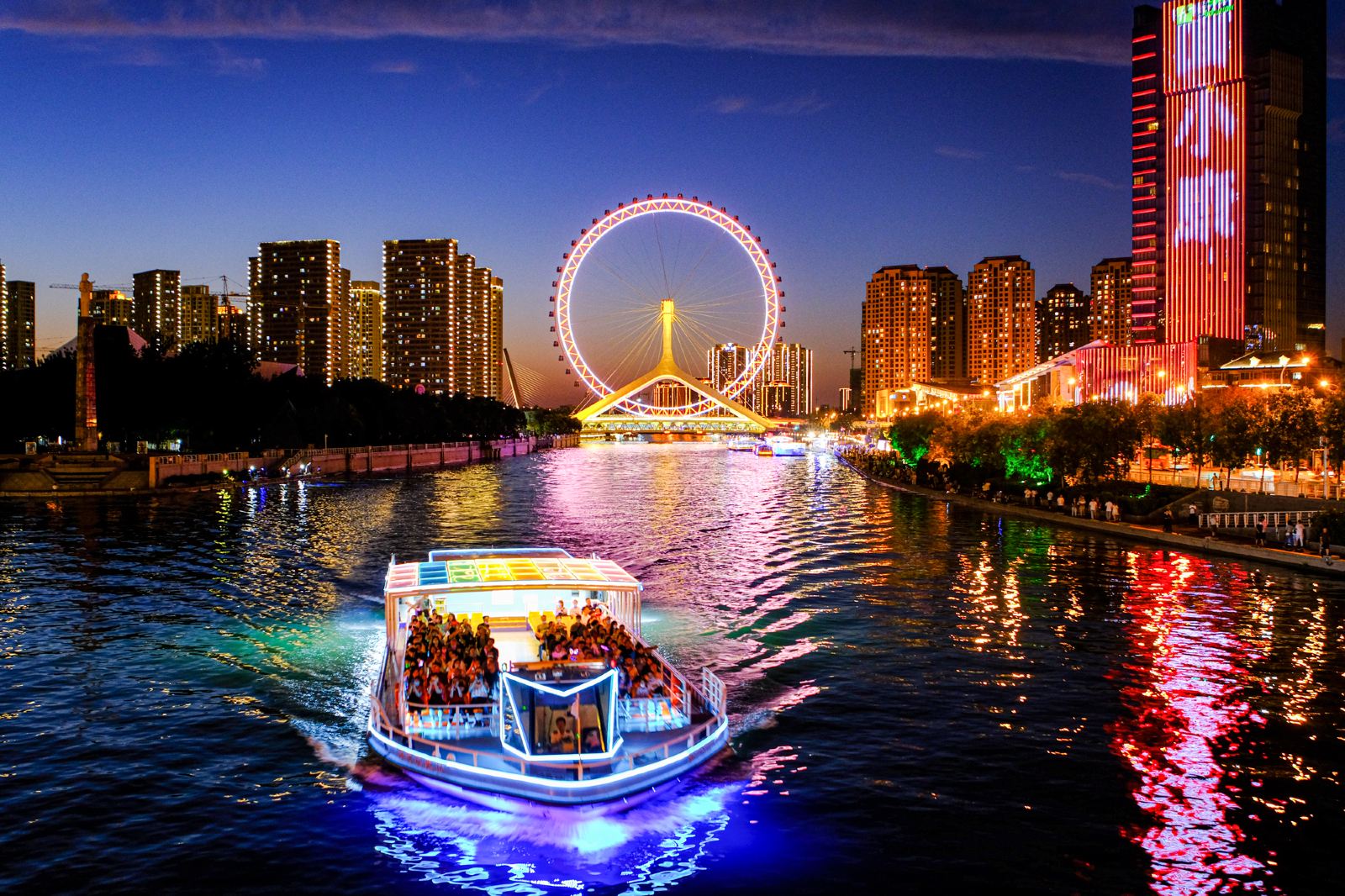>
The National Museum of China is an institution that collects, researches, displays and interprets representative physical evidence that fully reflects China’s excellent traditional culture and advanced socialist culture on behalf of the country. It is a national palace of history, culture and art and a cultural living room.
The National Museum of China currently has a collection of more than 1.4 million items, covering a wide range of categories such as ancient cultural relics, modern cultural relics, rare books and ancient books, and works of art.Among these, there are 815,000 pieces (sets) of ancient cultural relics, 340,000 pieces (sets) of modern cultural relics, and more than 240,000 pieces (volumes) of rare books and ancient books. There are also nearly 6,000 pieces (sets) of first-class cultural relics.In recent years, especially since the 19th National Congress of the Communist Party of China, the National Museum of China has increased its efforts to collect representative physical evidence of contemporary advanced culture, and openly collects cultural relics from the public. On average, it collects about 50 sets of ancient cultural relics and more than 1,000 sets of modern cultural relics, objects and works of art each year.
The National Museum of China’s exhibitions include three major series: permanent exhibitions, special exhibitions, and temporary exhibitions, forming a three-dimensional exhibition system covering thematic exhibitions, permanent exhibitions, special exhibitions, and temporary exhibitions.Among them, “Ancient China,” “The Road to Revival,” and “The New Era Section of the Road to Revival” are the basic exhibitions of the National Museum, and they are also important positions for promoting traditional Chinese culture, advanced socialistand an important position for cultivating and practicing the core values of socialism.Thematic exhibitions are mainly based on the collection of cultural relics, including more than ten thematic exhibitions such as ancient Chinese bronzes, Buddhist statues, jades, porcelains, modern classic artworks, and African wood carvings.Temporary exhibitions include two main categories: independently planned exhibitions and exchange exhibitions. They cover a wide range of topics, including history and culture, cultural relics, archaeological discoveries, classic works of art, regional culture, and international exchange. More than 40 exhibitions are held each year.
The National Museum of China has rich research resources, a solid research foundation and strong research capabilities, and is the leader in the development of the museum industry in China.
Since 2018, in line with the principle of “not seeking to collect, but to exhibit; openness, cooperation, mutual benefit and win-win”, the National Museum of China has established strategic cooperative relationships with many cultural and museum institutions, academies and universities at home and abroad, jointly carrying out academic research, holding exhibitions of cultural relics, holding seminars, launching a postdoctoral research station, taking the lead in establishingthe BRICS Museum Alliance and the Silk Road Museum Alliance, two international organizations, in an effort to play a greater role and make a greater contribution to promoting core socialist values, enhancing cultural confidence, promoting exchanges and mutual learning between Chinese and foreign civilizations, and building a strong socialist cultural country.
01/01-01/26 Tuesday-Sunday 09:00-17:00 open;02/05-12/31 Tuesday-Sunday 09:00-17:00 open; 01/01-01/26 Monday all day closed; 02/05-12/31 Monday all day closed; New Year’s Day, Tomb Sweeping Day, Labor Day, Dragon Boat Festival, National Day 09:00-17:00 open; 01/27 09:00-17:00 open; 01/28 all day closed; 01/29-02/04 09:00-17:00 open
Luggage Storage:Reference price: 2 yuan per time for luggage packages under 30 cm; 5 yuan per time for luggage packages between 30 cm and 60 cm; 10 yuan per time for luggage packages over 60 cm and items registered on the “Item Storage Registration Form”; Address: Front Desk at the Baggage Storage Area; 1. The Baggage Storage Area in the museum is a place for temporary storage of luggage and packages for visitors.please do not use; 2. The audience must check in their trolley cases, suitcases and all packages larger than 40 cm in size. The storage area provides paid storage services; 3. Before storing their bags, the audience must consciously undergo a security check. Inflammable, explosive and corrosive chemicals and items prohibited by the state may not be stored. Items that have not undergone a security check may not be stored; 4. The storage area will not store cash, jewelry, fragilefragile and other valuables; 5. If the audience stores special items such as electronic products and various collectibles, they must fill out the “Item Storage Registration Form” truthfully and sign it before they can be stored. The consequences of damage to the items shall be borne by the depositor; 6. The audience should keep the baggage tag properly and retrieve the stored items with the tag.If the bag tag is lost, you should immediately report the loss (a 20 yuan fee will be charged for the replacement of the bag tag). 7. The depositor shall be liable for any loss of property caused by the loss of the bag tag. 8. All check-in and check-out procedures must be carried out at the reception desk of the baggage storage area. It is forbidden to enter the baggage storage room. 9. Stored items must be collected before 17:00 on the same day. No collection procedures will be carried out after the museum closes. 10. Any items not collected on the same day will be chargedwill be charged again according to the standard rate; 11. The owner of the item will be held responsible for any deterioration or natural damage to the stored item.(The staff reserves the right to destroy food that has gone bad during storage. Items that have not been collected after one week will be considered abandoned and will be destroyed by the staff.
Scenic Area Explanation:During the epidemic, manual interpretation services are temporarily suspended.
Audio guide rental:Reference price: Not available; Location: Rental office; During the epidemic, the audio guide rental service is temporarily suspended.
Stroller rental: Reference price: free of charge, valid ID required, 500 RMB deposit; Location: China International Exhibition Center Information Desk (location: north entrance)
Wheelchair rental: Reference price: free to use, a deposit of 500 yuan is required; address: the China International Exhibition Center service desk at the north entrance; a valid ID is required
Restrooms: Men’s and women’s toilets are available on each floor for visitors
Nursing room: Location: South side of the National Museum of China West Hall
Dining: Audience catering service areas have been set up in the National Museum of China Food and Beverage Space at the bottom of the ramps on the south and north sides of the west gate, the Food and Beverage Center on the B1 floor of the theater in the museum, and the Cafиж in the Fuxing Road Antechamber. Warm reminder: To ensure the exhibition hall environment and the safety of cultural relics, no drinks or food can be brought into the exhibition hall.
Souvenir shops:Cultural and creative product sales area: north side outside the west gate, east side of the first floor, north and south sides of the third floor, and the Ancient China end hall.
Vending machines:There are more than ten vending machines on each floor of the museum, providing visitors with more than ten kinds of hot and cold drinks such as mineral water and beverages, as well as a variety of light meals such as burgers and microwave meals, to meet the different needs of visitors.Note: To ensure the safety of the exhibition hall environment and cultural relics, no drinks or food can be brought into the exhibition hall.


